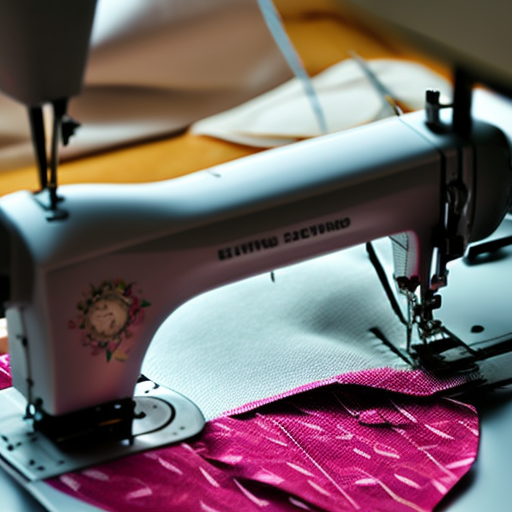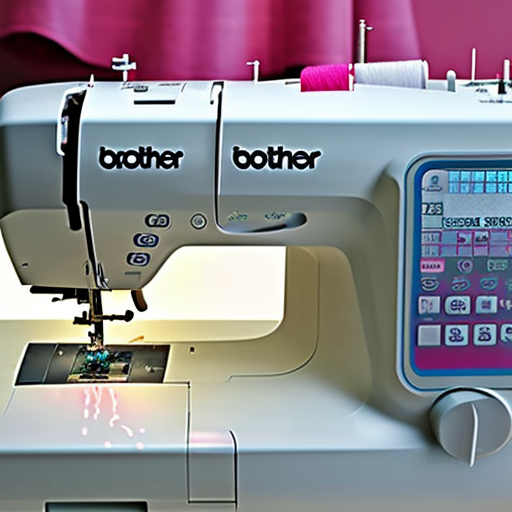
Why Sewing Machine Doesn’t Sew
sewing-machine-not-sewing.jpg” alt=”Sewing Machine Not Sewing” style=”display: block; margin: 0 auto; width: 300px;”>
Sewing machines are a revolutionary invention that has greatly simplified the process of stitching and creating beautiful garments. However, encountering an issue where the machine fails to sew can be frustrating for users. Let’s explore some common reasons why a sewing machine might not sew and potential solutions for these problems.
1. Incorrectly threaded machine
The most common reason for a sewing machine not sewing is incorrect threading. An improperly threaded machine will not form proper stitches. To resolve this issue:
- Refer to the machine’s manual for the correct threading process. Each machine may have specific instructions.
- Ensure that the thread is correctly inserted through the tension discs, take-up lever, and needle.
- Re-thread the machine, ensuring the thread is properly seated in all guides and tensions.
2. Tension problems
Incorrect tension settings can also cause sewing machines to stop sewing. If the upper or lower thread tension is off, the stitches may not form correctly. Here’s what you can do:
- Check the tension settings on your machine and ensure they are properly adjusted.
- Try adjusting the upper or lower tension to see if it improves stitch formation.
- Make sure the bobbin is wound correctly and inserted into the bobbin case properly.
3. Needle issues
A dull, bent, or incorrect needle may also be the reason behind your sewing machine’s sewing troubles. Take the following steps:
- Check that the needle is correctly inserted and tightened in the needle clamp.
- Replace the needle with a new one if it appears damaged or has been used for an extended amount of time.
- Ensure you are using the correct needle type and size for the fabric you are sewing.
4. Bobbin issues
Problems with the bobbin can also prevent your sewing machine from sewing. Consider these options:
- Check that the bobbin is wound correctly and inserted into the bobbin case in the right direction.
- Ensure the thread is properly threaded through the bobbin tension or case.
- Clean out any lint or debris from the bobbin area that may be causing jamming issues.
Before diving into complex repairs or adjustments, always refer to the user manual that came with your sewing machine. It often contains troubleshooting tips specific to your model. If the issue persists, it may be best to seek assistance from a professional sewing machine technician.
Remember, understanding the common reasons your sewing machine doesn’t sew and how to resolve them can save you time and frustration. With proper troubleshooting techniques, you’ll be back to stitching and creating beautiful garments in no time!





My poor machine won’t even thread the bobbin! #sad #needhelp
Karla Johnson: Have you checked the needle? #helpfulhint
It looks like you’re having trouble with your sewing machine – don’t worry, it may be a simple fix! Check that the needle is properly placed and that the bobbin is properly threaded, then try again. #wevegotthis
Don’t give up so easily – these machines are incredibly strong and reliable if properly maintained. Maybe give it a good clean and a few settings adjustments to get it running again. #gottasweatitout
It could also be the tension knob – sometimes they just need to be adjusted a bit. #tensionisthekey